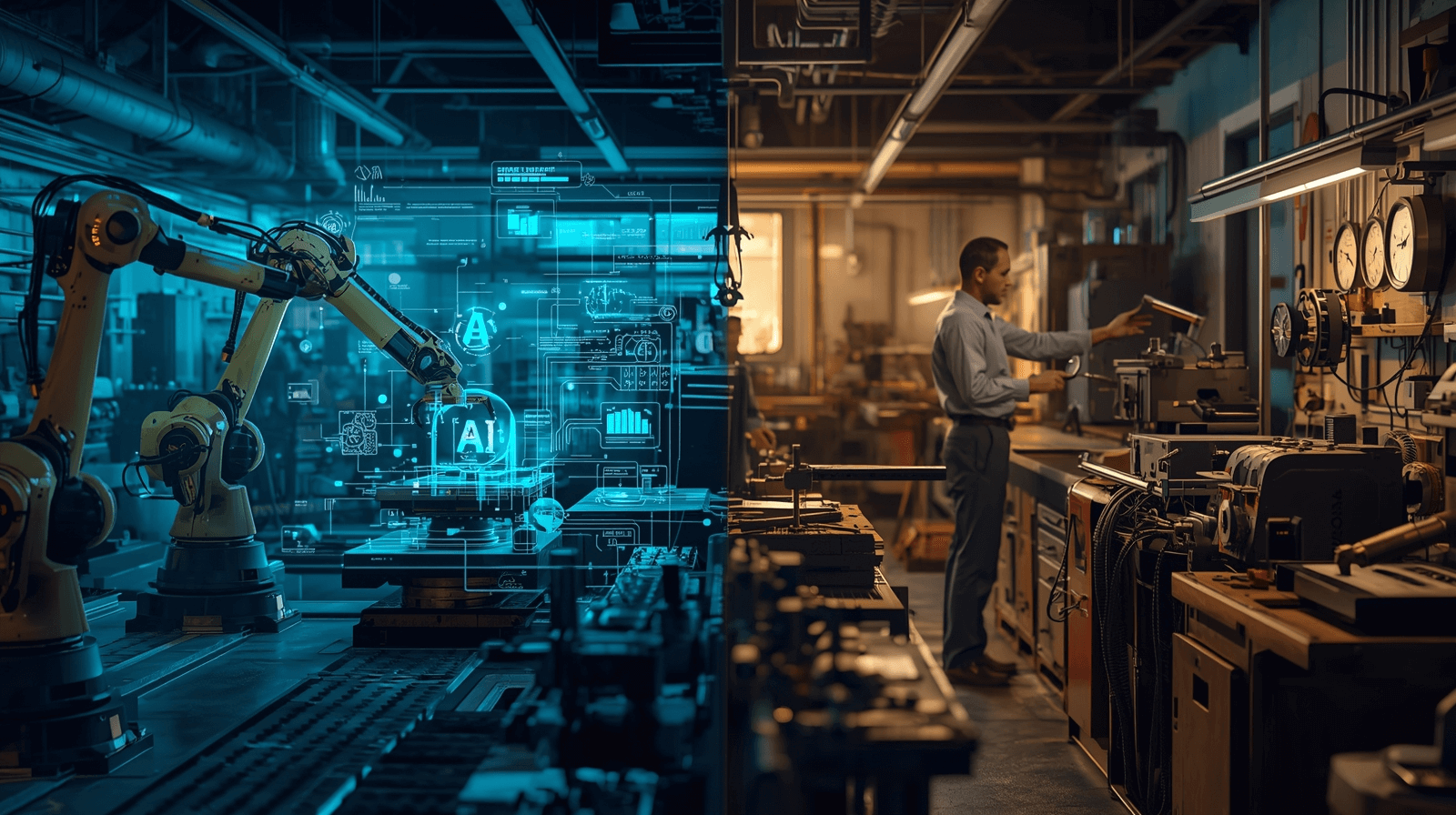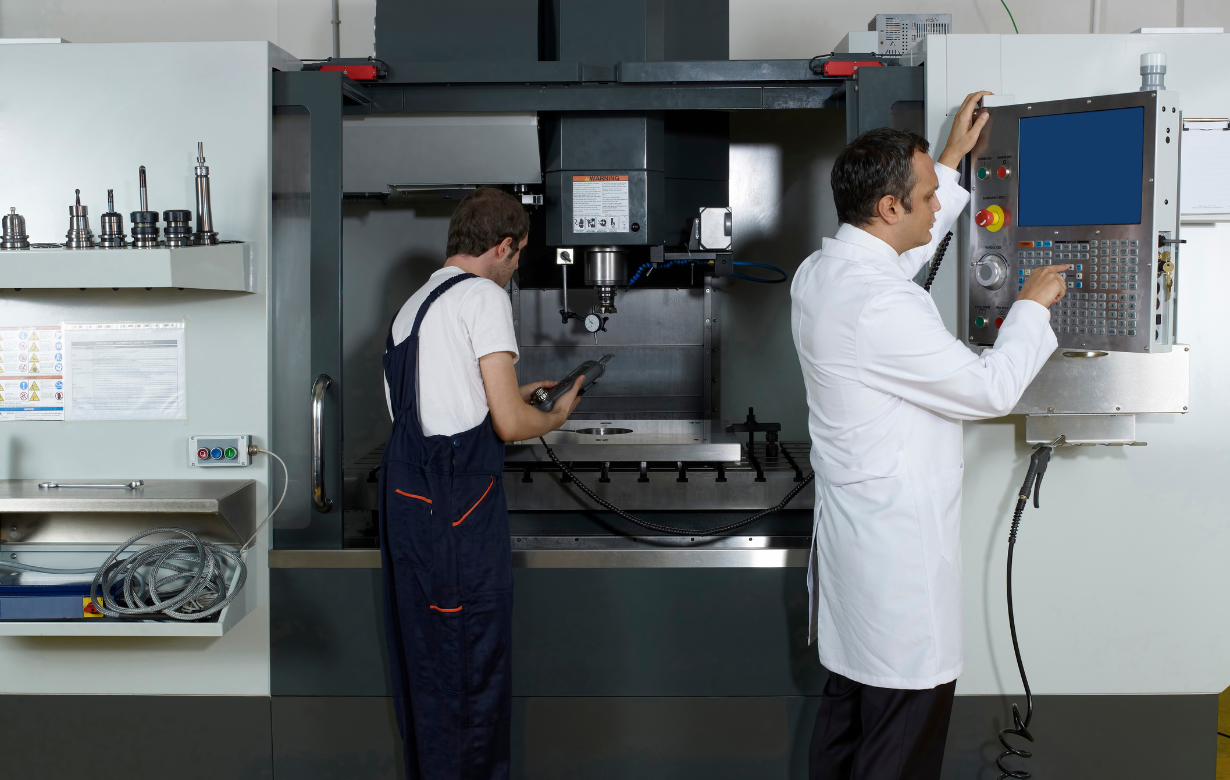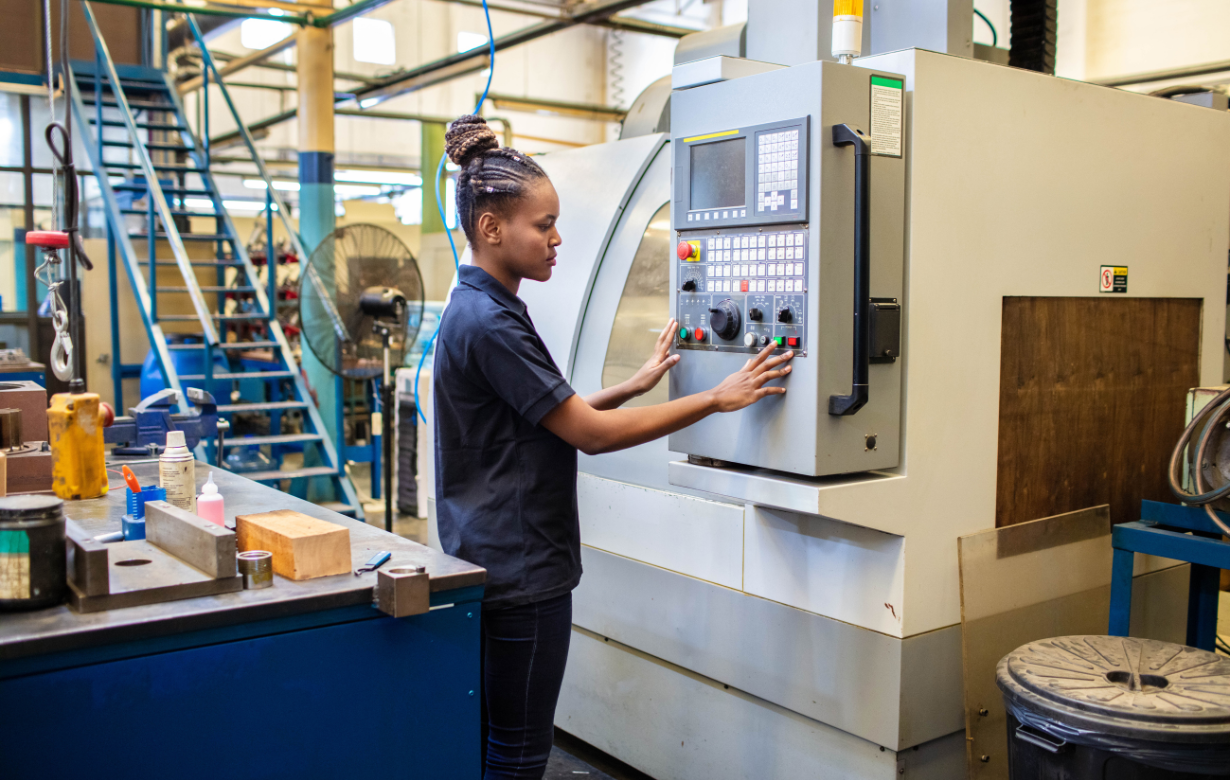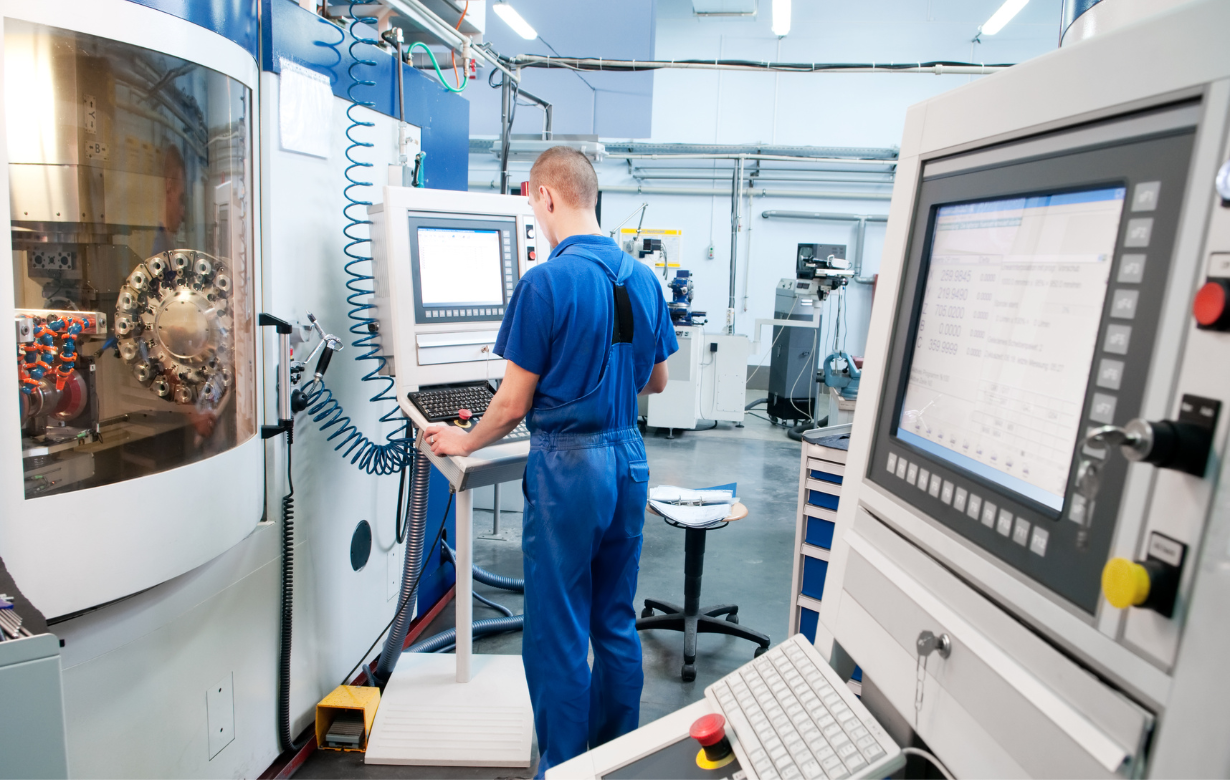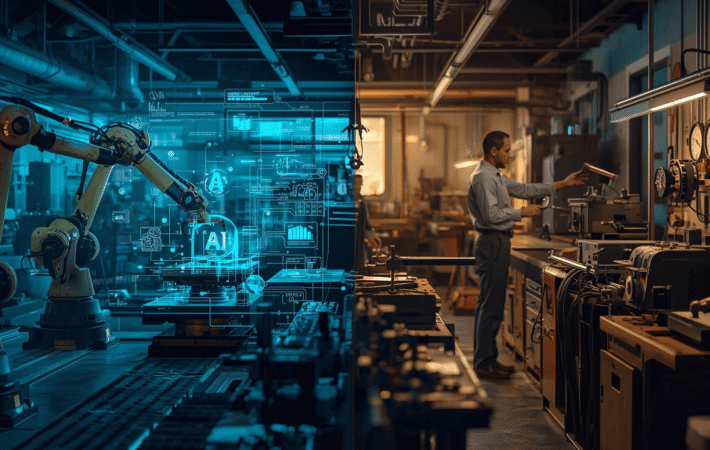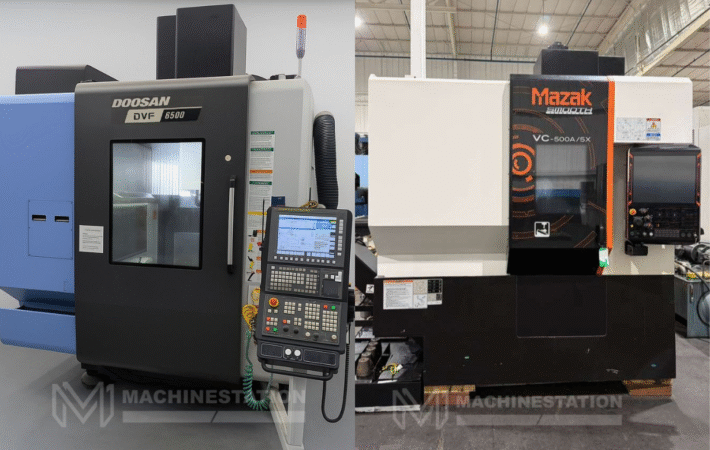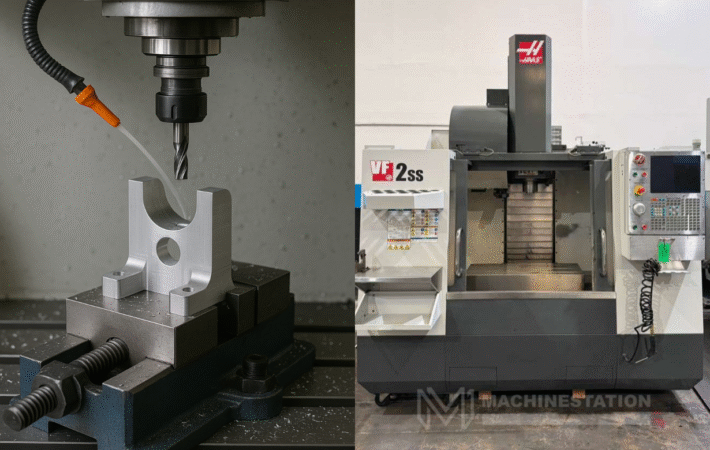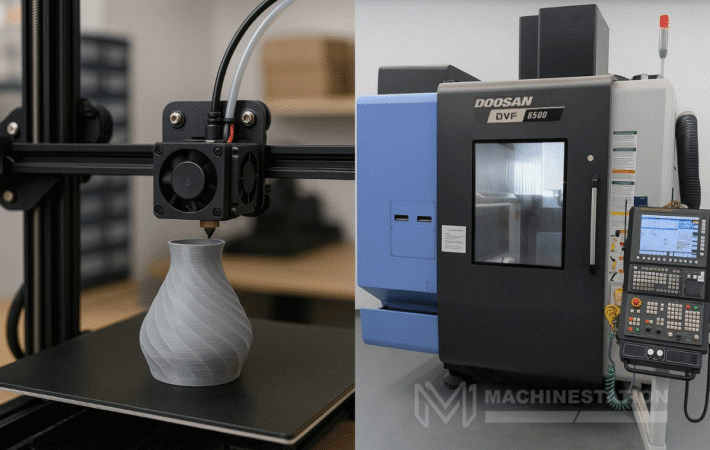Stay Sharp, Stay Safe: Essential CNC Machine Safety Rules & Guidelines
Running a CNC machine is a challenging task that requires attention to various factors, including programming and machine operations. However, one aspect that often gets overlooked is the safety measures. Machining using CNC without proper safety measures can lead to major, dangerous incidents that might often damage the lives of the operators. But the good news is, most of these accidents can be easily prevented by following a very easy set of guidelines, training, and protocols. In this blog, we are going to share with you some of the major safety guidelines that one can follow to prevent any kind of CNC related accidents.
